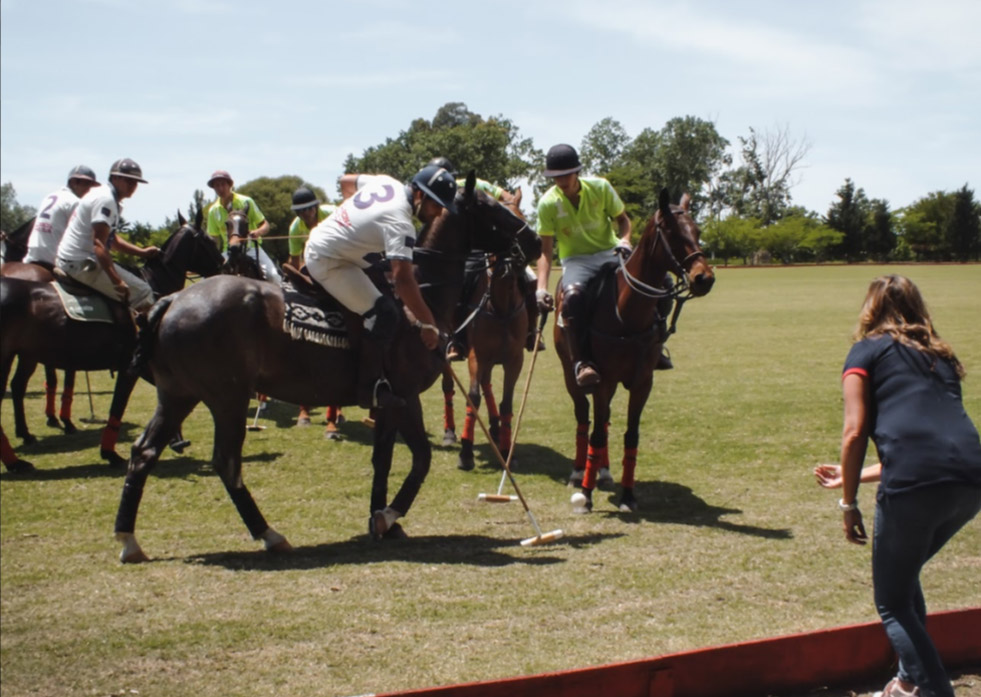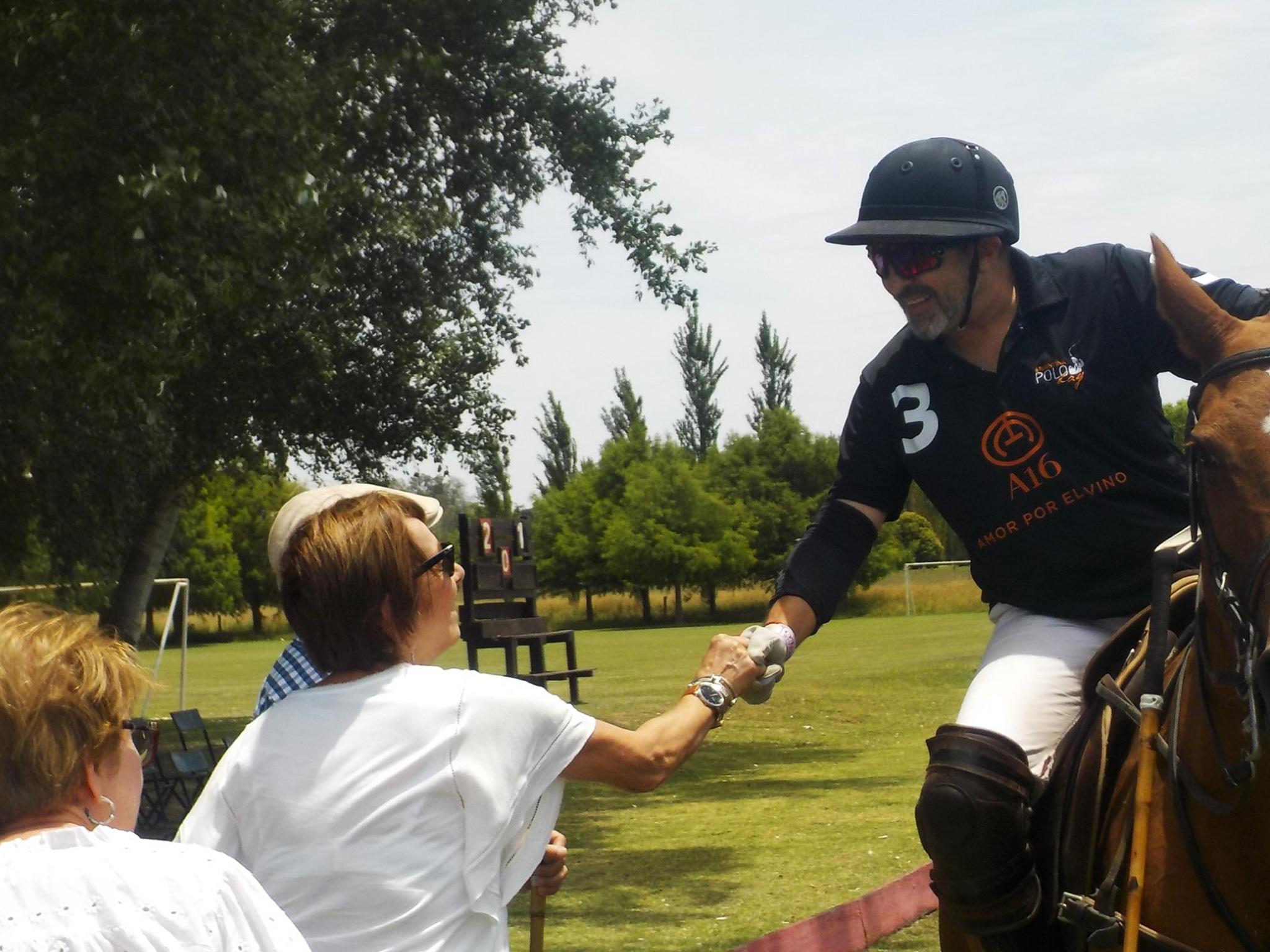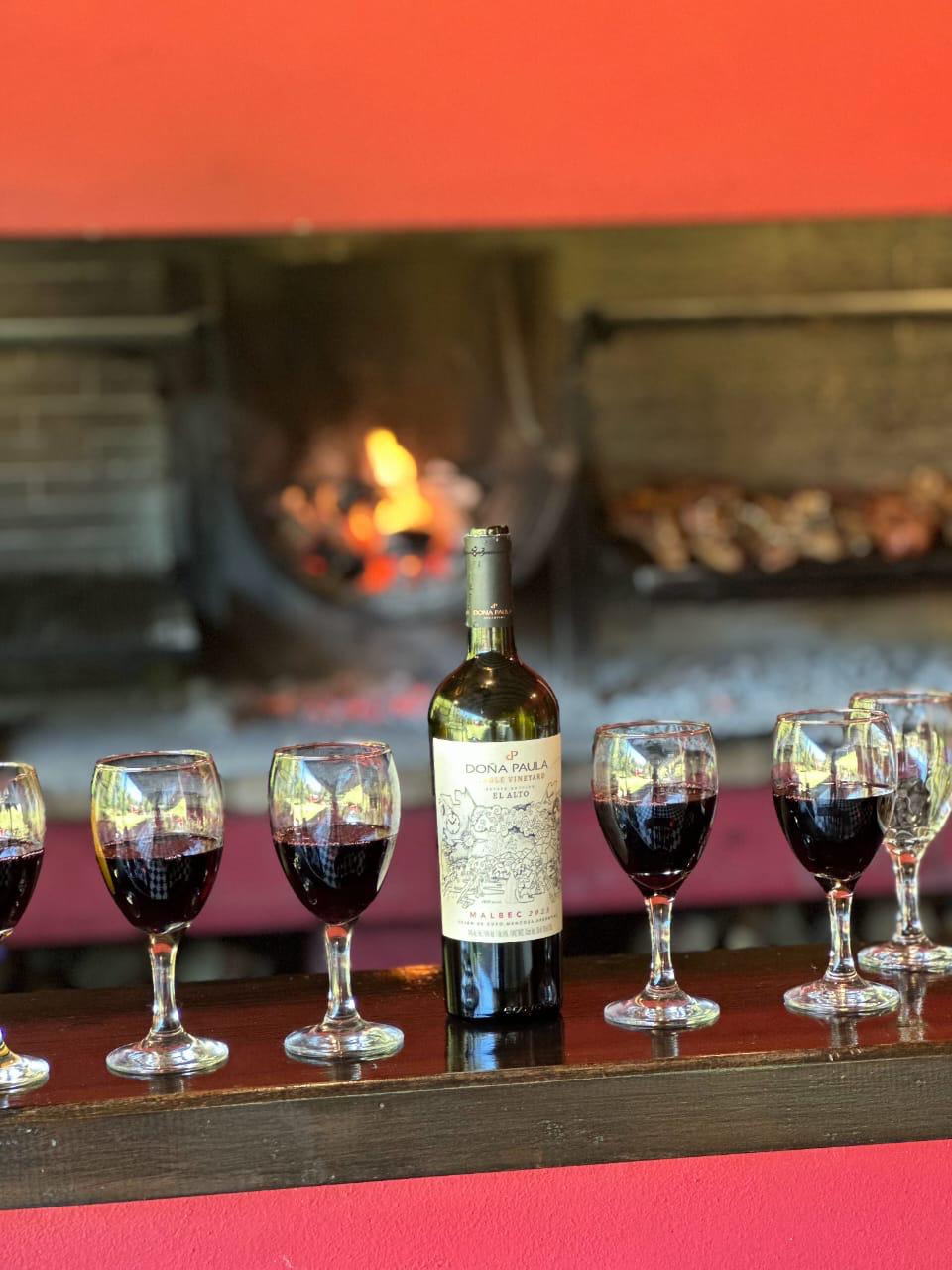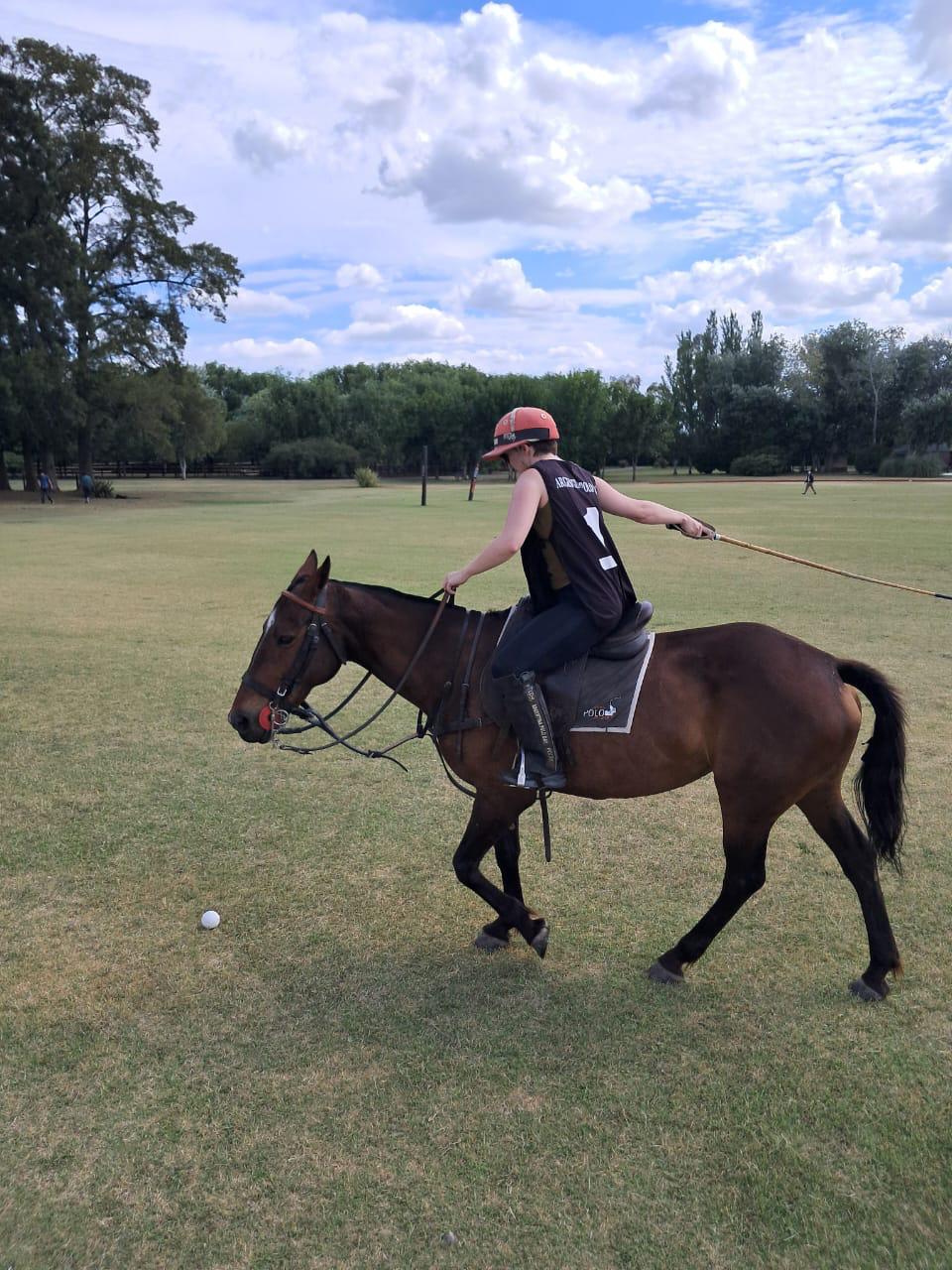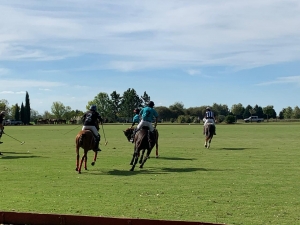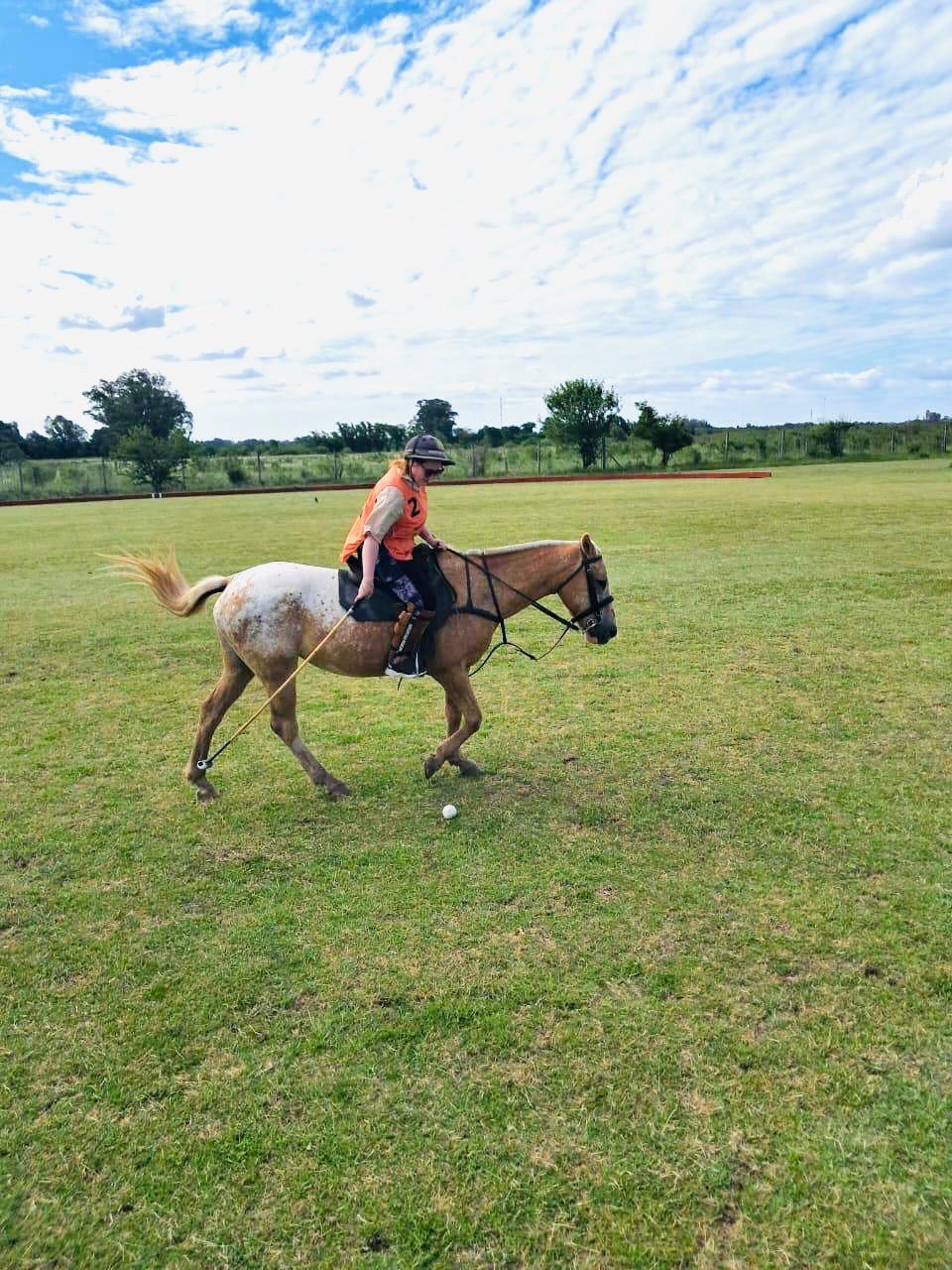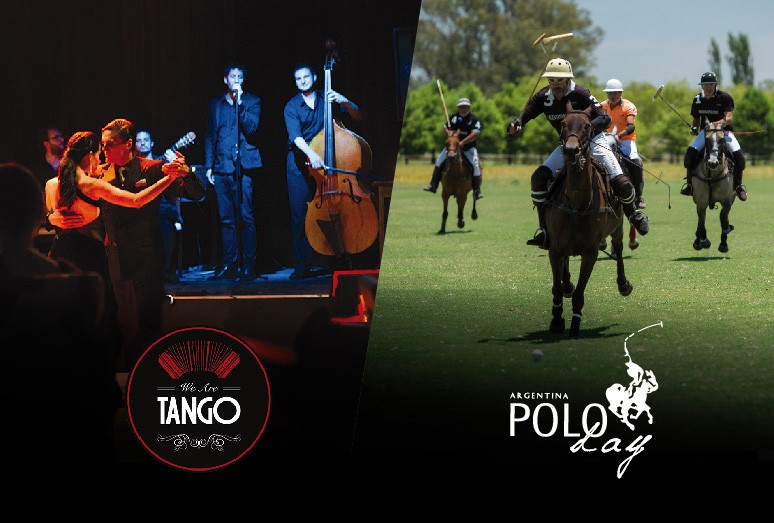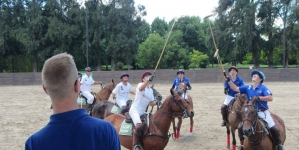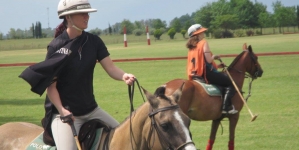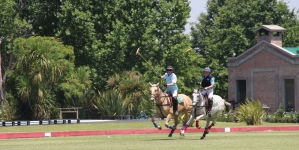-
What are Polo Day and Polo Night - 10 julio, 2025
-
What Are the Basic Rules of Polo? - 27 junio, 2025
-
Creando experiencias de alto valor - 6 junio, 2025
-
Encuentro positivo y productivo con Marca País Argentina - 6 mayo, 2025
-
Polo, vino y tradición: una colaboración que destaca lo mejor de Argentina - 8 abril, 2025
-
What Equipment Is Needed to Play Polo? - 25 marzo, 2025
-
Argentina Polo Day Magazine #4 - 14 marzo, 2025
-
What are the basic rules of polo? - 6 marzo, 2025
-
- 3 febrero, 2025
-
Argentina Horses: A Legacy of Strength and Grace - 27 enero, 2025
FALLING IN LOVE WITH ARGENTINA’S PASSIONS | POLO AND TANGO
Anyone who visits Argentina will be struck by the passion and the unique specialties of our culture. At Argentina Polo Day we’re eager to share the beauty of our traditions, polo and tango.
The best way to tell you about it is through the eyes of an American who came to the country, fell in love and decided to stay:
I still remember the first time I saw a tango couple in the streets of Buenos Aires. It´s been a long time since then, but that couple managed to get through me in a way no other ever did. The memories of that afternoon at Plaza Dorrego are still vivid and I don´t think that will change over time. It was the early 90´s and my father felt optimistic about starting a new business in what he called “the end of the world”. Ushuaia was his first aim, but before settling there he felt we needed to experience the Argentinean life in it´s biggest city. I flew to Buenos Aires for my first and only time when I was 7. I haven´t been able to leave this place ever since. Now I´m married to an Argentinean (who was also my first and only tango teacher) and I earn my living by writing about the city I´ve felt in love with as a little girl and that still has got my heart.
So, what´s with tango?
What was it that made me fall in love so deeply not only with it but its place of birth as well? I would have to say the fascinating and magical story of its origins. Tango wasn´t born out of nowhere, it´s not something that just happened. UrThe riverside area –the coasts of the River Plate inuguay and Argentina- was very rich in mixtures of rhythms and cultures. If you ask an Argentinean, he would probably answer tango commenced in Argentina; if you ask a Uruguayan, he will say tango started by the dry riverbed of Montevideo. The true story is that both of them would be right and wrong. Tango comes from the influence of both folklore and popular music at both sides of the river. Both the African slaves in Uruguay with their “tambores” and the gauchos in Argentina migrating from the fields to the cities with their guitars on their backs merge into a new way of music. Tango was developing in one and the other side of River Plate without them noticing.
But not only that is what made me stay. There is something about this heritage and the traditional way of life that Argentineans experience with no consciousness. It was irresistible for me since that first time I came. Because it´s not just about tango. It is about the customs and manners. People from Argentina also have an innate closeness to the countryside traditions (even the people from the big cities where its populations have a considerable European legacy). Near all of them drink mate, know how to ride a horse or know a couple of polo players by name –Polo is considered a “high class” sport, but with the disappearance of the traditional horse ride game Pato, it became the most recognizable amongst the population-.
And what does tango have to do with polo? Firstly, both origins are uncertain. The origin of Polo is considered Persian but, although it is played in many places in the world, Argentina is the country that has won more medals and world cups. I like to believe that is because of that feeling that seem to connect this people with their “gauchesco” origins, a feeling that seem to interpellate them. The same happens with tango itself. There is no way of reaching a precise time or place where it was born, but by looking at a couple of dancers you just know it has all started in here.
Contrary to polo, tango has always been associated to the lower classes. However, that is ancient history. Nowadays, tango brings people together and assumes this new role with greatness.
I do believe both tango and polo have more in common than what might be thought. Maybe it´s the graciousness that dancers and polo players share in the way they move. Maybe it´s what makes the people who is watching feel. A feeling of belonging.A reminiscense of what they had never been, but could have. Anyways, this two forms of dancing, this different yet relatable ways of moving towards an ideal were gripping enough for a little girl from Nevada so as to stay. There won´t come a time when I won´t be touched in a milonga or in a polo field. I don´t know.
It could be the magical ingredient I´ve written about.
Thank you Vivian, by We Are Tango
We also Invite you to visit our WebSite: come and learn more about Polo in Argentina!


